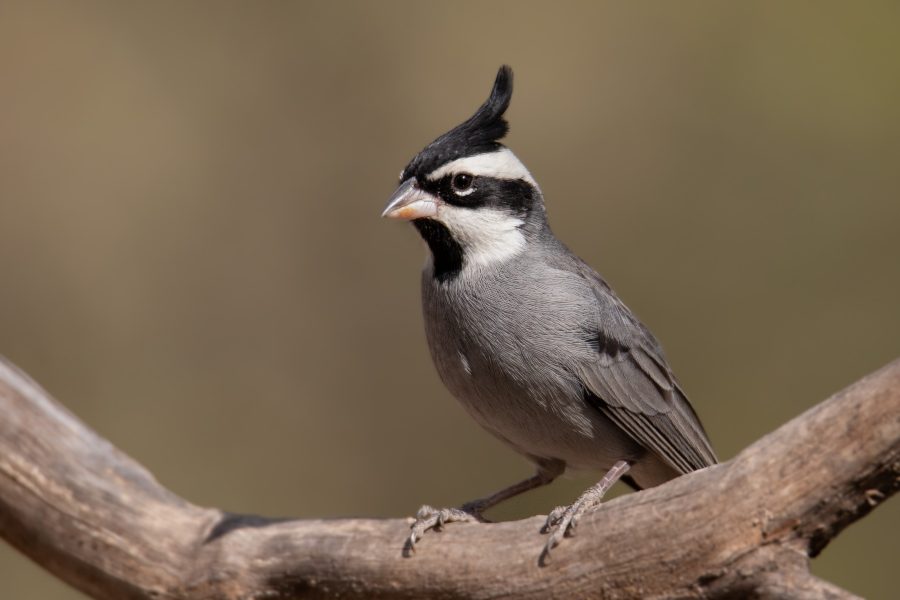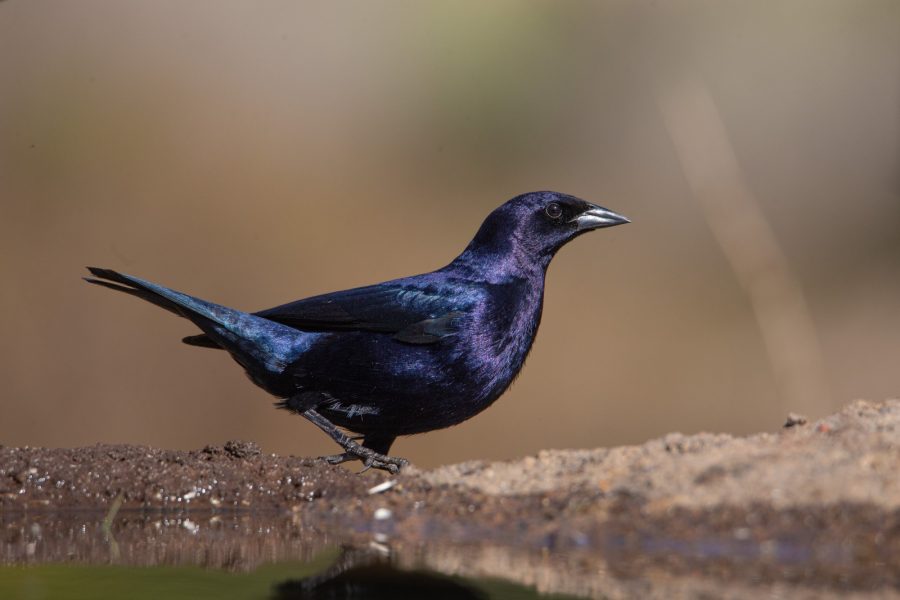After completing their recovery at the Wildlife Conservation Center (CCVS), more than 100 birds will return to their natural habitat in San Luis. They were provided with specific care for both behavioral and physical rehabilitation.
This was made possible thanks to the coordinated work between the Environmental and Ecological Police and the Wildlife Team of the environmental department, as well as the contribution of citizens.
Over 100 birds will return to their habitat: which ones
The CCVS is increasing day by day the rescue and recovery of local fauna, with the aim of strengthening care, preservation, and respect for native animals.

Thus, 109 animals are in optimal conditions to return to live in their natural habitat.
The number of specimens is as follows:
- 25 king of the forest,
- 19 reina mora,
- 28 red cardinals,
- Five picahueso,
- One chingolo,
- Three picahueso chicks,
- Three soldadito,
- Two collar monteritas,
- Two black-headed monteritas,
- Two cinnamon monteritas,
- Seven goldfinches,
- Two firewood brasitas,
- One sietevestidos,
- Two piquitodeoro,
- One diuca,
- Two corbatita,
- One naranjero,
- One tordo
Additionally, on the same occasion, two turtles that had no contact with the population and were assisted with strict protocol will be able to return to the San Luis ecosystems. One of them was run over by a car, and the other managed to seek refuge with the other species.
Regarding the songbird species, the veterinary team at the rescue center carried out two types of rehabilitation. One was of physical nature, related to the administration of medications in quarantine, in which a general review is done to determine if deworming is needed.
On the other hand, a behavioral rehabilitation was carried out, aimed at recovering animals that have been pets.

How to contribute to the care of wildlife
Authorities issued a series of recommendations so that citizens can collaborate in the care of wildlife.
First, if there is knowledge of wild animals injured and out of their habitat, or individuals are seen victims of pet-keeping or illegal trafficking, it is necessary to report it to the Wildlife office.
Contact 2664-452000 ext. 3372, or make a report to the Environmental Police through 911. Additionally:
- If the animal is seen in urban areas, neighborhoods, or public spaces, or if it is observed to be injured, it is recommended not to lift or touch it and report it to the Environmental Department or the Environmental Police.
- If the animal is eating, do not interfere. It is important to remember that wild animals can transmit diseases to humans.
- If the specimen is crossing the road, it is advisable to stop and let it reach the other side, with caution to reduce speed so it can feed without problems.
- If you know that a wild animal is a victim of illegal trafficking, report it to the Environmental Department or the Environmental Police. Reports are anonymous.
Do you already know our YouTube channel? Subscribe!

